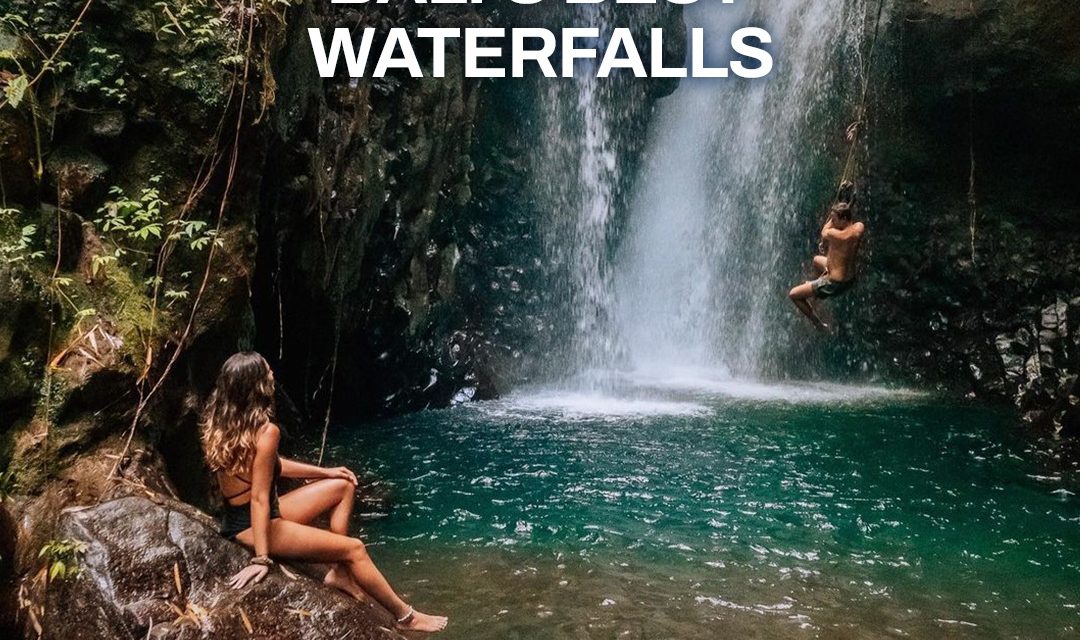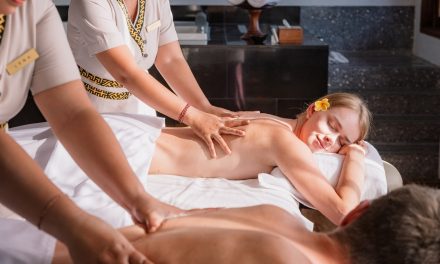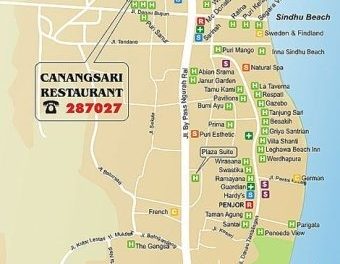Ah, Seminyak! Known for its stunning beaches, vibrant nightlife, and exquisite dining, this Balinese paradise is also a gateway to underwater adventures that leave you breathless—quite literally! If you’re thinking about taking the plunge into the world of scuba diving, getting certified in Seminyak is an experience you won’t want to miss. Join me in exploring the ins and outs of scuba diving certification courses in this magical location, peppered with personal anecdotes and practical advice to ensure your underwater journey is nothing short of spectacular.
The Allure of the Underwater World
I still vividly remember my first dive. The anticipation built up as I walked along the sun-kissed shore of Seminyak Beach, my heart racing with excitement and a sprinkle of apprehension. Diving is unlike anything else; it’s like entering another realm where you are surrounded by vibrant coral reefs, schools of colorful fish, and the tranquil silence of the underwater world. With every descent, I felt like an explorer uncovering nature’s hidden treasures.
Choosing the Right Certification Course
Before you can lose yourself among the majestic sea turtles and playful manta rays, you need to get certified. In Seminyak, various centers offer a range of certifications, but how do you pick the right one? Here are some tips that helped me make my decision:
– Research is Key: Look for reputable dive schools. Check online reviews, ask for recommendations, and don’t hesitate to visit a few in person. I found that talking to instructors gave me a sense of their passion and expertise, which is crucial for nervous newbies.
– Program Variety: Some schools offer basic Open Water certifications while others provide courses for advanced diving techniques, rescue diving, and even specialty courses like night diving or wreck diving. Choose what excites you most!
– Small Group Sizes: When I enrolled in my course, I noticed that smaller class sizes led to more personalized attention from the instructors. It made all the difference, especially when it came to practicing skills underwater.
The Certification Process
Once you’ve chosen a school, the journey of certification begins! Most courses consist of three main components: theoretical learning, confined water training, and open water dives.
1. Theoretical Learning: This part usually combines online modules and classroom sessions. I remember the excitement I felt seeing underwater videos and learning about marine life, dive equipment, and safety protocols. Don’t skip this part; understanding your environment is crucial to being a safe diver.
2. Confined Water Training: Next came the practical side! Overcoming my initial fears in a controlled environment was crucial. Instructors help you practice essential skills like clearing your mask, sharing air, and equalizing your ears. The first time I removed my mask underwater, I panicked! But the encouragement from my instructor reminded me I wasn’t alone – everyone struggles at first.
3. Open Water Dives: The grand finale! After practicing, the thrill of your first ocean dive is unparalleled. I vividly remember descending into the crystal-clear waters, sunlight streaming down, and fish darting around me. It felt surreal. You’ll complete several open water dives ranging from a few meters to deeper explorations, leaving you feeling accomplished as you receive your certification.
Diving Conditions in Seminyak
One of the most striking things about diving in Seminyak is the variety of dive sites within reach. Whether you choose to explore the vibrant reefs or opt for thrilling wreck dives, the underwater life here is simply stunning. For instance, Tulamben – a short drive from Seminyak – is famous for the USS Liberty wreck. My experience diving there was exhilarating; the fusion of history and marine life created an incredible atmosphere.
Weather Considerations: Seminyak’s climate is generally favorable for diving, with pleasant temperatures year-round. However, the best conditions are usually during the dry season, from April to October. Plan your trip around this time to optimize your experience!
What to Bring
While most diving schools provide you with necessary equipment, it’s good to pack a few essentials:
– Swimwear and a rash guard: This not only protects you from UV rays but also from potential scrapes with corals.
– A waterproof camera: Capture your underwater adventures! I still cherish those snapshots of me swimming alongside a curious turtle.
– Logbook: When you become certified, it’s helpful to log your dives for future reference.
Safety First!
Diving is as exhilarating as it is safe, provided you follow the rules set by your instructors. Listen carefully to briefings, ask questions, and always dive within your limits. Each dive is an opportunity to expand your skills and embrace the underwater world, but safety should always take precedence!
The Community Aspect
One of the most delightful aspects of diving courses is the camaraderie that forms among participants. Whether you bond over shared experiences of nervousness or excitement, the friendships I made during my dive course still bring a smile to my face. After finishing our certifications, my dive buddies and I continued to explore various dive spots around Bali, creating cherished memories that dance vividly in my memory.
Explore Beyond Certification
Once you’re certified, the adventure doesn’t end! Bali is home to many beautiful dive sites beyond Seminyak. Explore Candidasa, Amed, or the diving hotspot of Nusa Penida, famous for its manta rays and stunning underwater landscapes.
Conclusion
Embarking on scuba diving certification courses in Seminyak opens the door to a vibrant, mesmerizing underwater world. From the initial nervousness to the triumphant feeling of becoming certified, it’s a journey filled with learning, friendship, and adventure. So grab your gear, immerse yourself in an unforgettable experience, and let the ocean be your playground. Happy diving!






